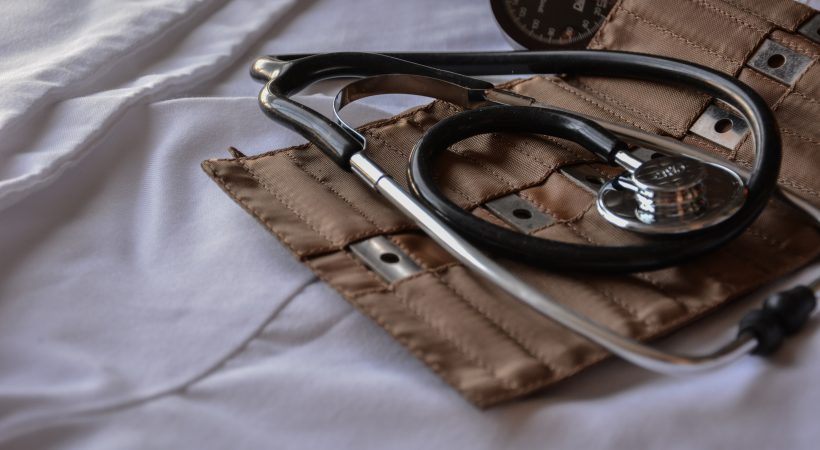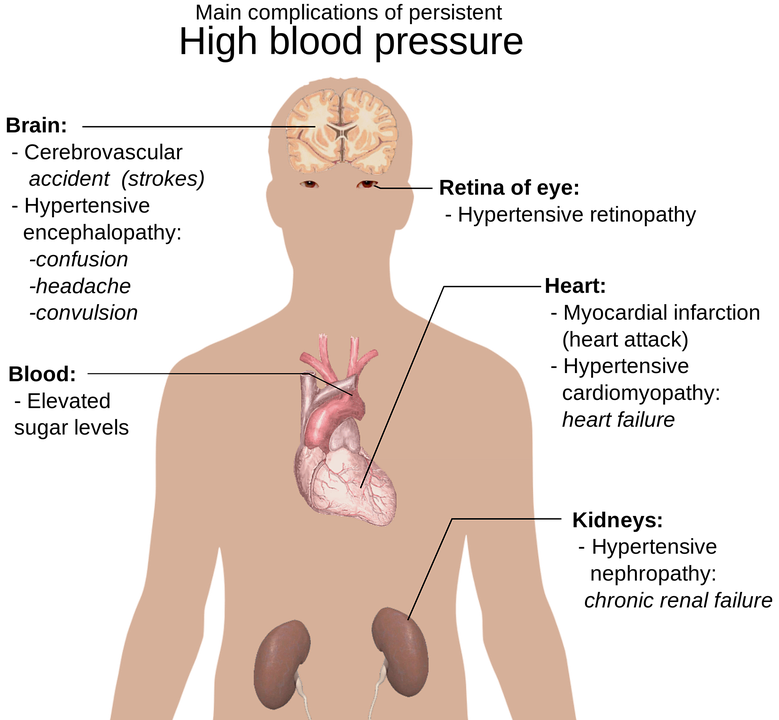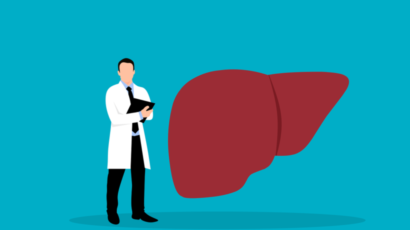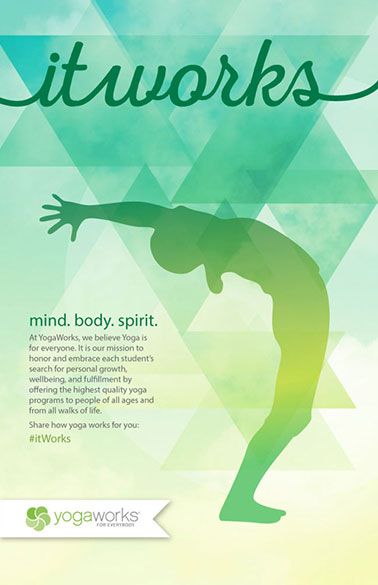How to prevent high blood pressure

High blood pressure usually has no warning signs, yet it can lead to life-threatening conditions like heart attack or stroke. The good news is that you can often prevent or treat high blood pressure. Early diagnosis and simple, healthy changes can keep high blood pressure from seriously damaging your health.
What is blood pressure?
Blood pressure is the force of your blood pushing against the walls of your arteries. Each time your heart beats, it pumps blood into the arteries. Your blood pressure is highest when your heart beats, pumping the blood. This is called systolic pressure. When your heart is at rest, between beats, your blood pressure falls. This is called diastolic pressure.Your blood pressure reading uses these two numbers. Usually the systolic number comes before or above the diastolic number.

How do you know if your blood pressure is high?
High blood pressure usually has no symptoms. So the only way to find out if you have high blood pressure is to get regular blood pressure checks from your health care provider. Your provider will use a gauge, a stethoscope or electronic sensor, and a blood pressure cuff. For most adults, blood pressure readings will be in one of four categories:
Normal blood pressure means
- Your systolic pressure is less than 120 AND
- Your diastolic pressure is less than 80
Prehypertension means
- Your systolic pressure is between 120-139 OR
- Your diastolic pressure is between 80-89
Stage 1 high blood pressure means
- Your systolic pressure is between 140-159 OR
- Your diastolic pressure is between 90-99
Stage 2 high blood pressure means
- Your systolic pressure is 160 or higher OR
- Your diastolic pressure is 100 or higher
For children and teens, the health care provider compares the blood pressure reading to what is normal for other kids who are the same age, height, and gender.
People with diabetes or chronic kidney disease should keep their blood pressure below 130/80.
Why do you need to worry about prehypertension and high blood pressure?
Prehypertension means you’re likely to end up with high blood pressure, unless you take steps to prevent it.When your blood pressure stays high over time, it causes the heart to pump harder and work overtime, possibly leading to serious health problems such as heart attack, stroke, heart failure, and kidney failure.
What are the different types of high blood pressure?
There are two main types of high blood pres sure: primary and secondary high blood pressure.
- Primary, or essential, high blood pressure is the most common type of high blood pressure. For most people who get this kind of blood pressure, it develops over time as you get older.
- Secondaryhigh blood pressure is caused by another medical condition or use of certain medicines. It usually gets better after you treat the cause or stop taking the medicines that are causing it.
Who is at risk for high blood pressure?
Anyone can develop high blood pressure, but there are certain factors that can increase your risk:
- Age– Blood pressure tends to rise with age
- Race/Ethnicity– High blood pressure is more common in African American adults
- Weight– People who are overweight or have obesity are more likely to develop prehypertension or high blood pressure
- Gender– Before age 55, men are more likely than women to develop high blood pressure. After age 55, women are more likely than men to develop it.
- Lifestyle– Certain lifestyle habits can raise your risk for high blood pressure, such as eating too much sodium or not enough potassium, lack of exercise, drinking too much alcohol, and smoking.
- Family history– A family history of high blood pressure raises the risk of developing prehypertension or high blood pressure
How can one prevent high blood pressure?
You can help prevent high blood pressure by having a healthy lifestyle. This means
- Eating a healthy diet.To help manage your blood pressure, you should limit the amount of sodium (salt) that you eat, and increase the amount of potassium in your diet. It is also important to eat foods that are lower in fat, as well as plenty of fruits, vegetables, and whole grains. The DASH diet is an example of an eating plan that can help you to lower your blood pressure.
- Getting regular exercise.Exercise can help you maintain a healthy weight and lower your blood pressure. You should try to get moderate-intensity aerobic exercise at least 2 and a half hours per week, or vigorous-intensity aerobic exercise for 1 hour and 15 minutes per week. Aerobic exercise, such as brisk walking, is any exercise in which your heart beats harder and you use more oxygen than usual.
- Being at a healthy weight.Being overweight or having obesity increases your risk for high blood pressure. Maintaining a healthy weight can help you control high blood pressure and reduce your risk for other health problems.
- Limiting alcohol.Drinking too much alcohol can raise your blood pressure. It also adds extra calories, which may cause weight gain. Men should have no more than two drinks per day, and women only one.
- Not smoking.Cigarette smoking raises your blood pressure and puts you at higher risk for heart attack and stroke. If you do not smoke, do not start. If you do smoke, talk to your health care provider for help in finding the best way for you to quit.
- Managing stress.Learning how to relax and manage stress can improve your emotional and physical health and lower high blood pressure. Stress management techniques include exercising, listening to music, focusing on something calm or peaceful, and meditating.
If you already have high blood pressure, it is important to prevent it from getting worse or causing complications. You should get regular medical care and follow your prescribed treatment plan. Your plan will include healthy lifestyle habit recommendations and possibly medicines.
Information courtesy:NIH: National Heart, Lung, and Blood Instituteb(US) MedlinePlus















